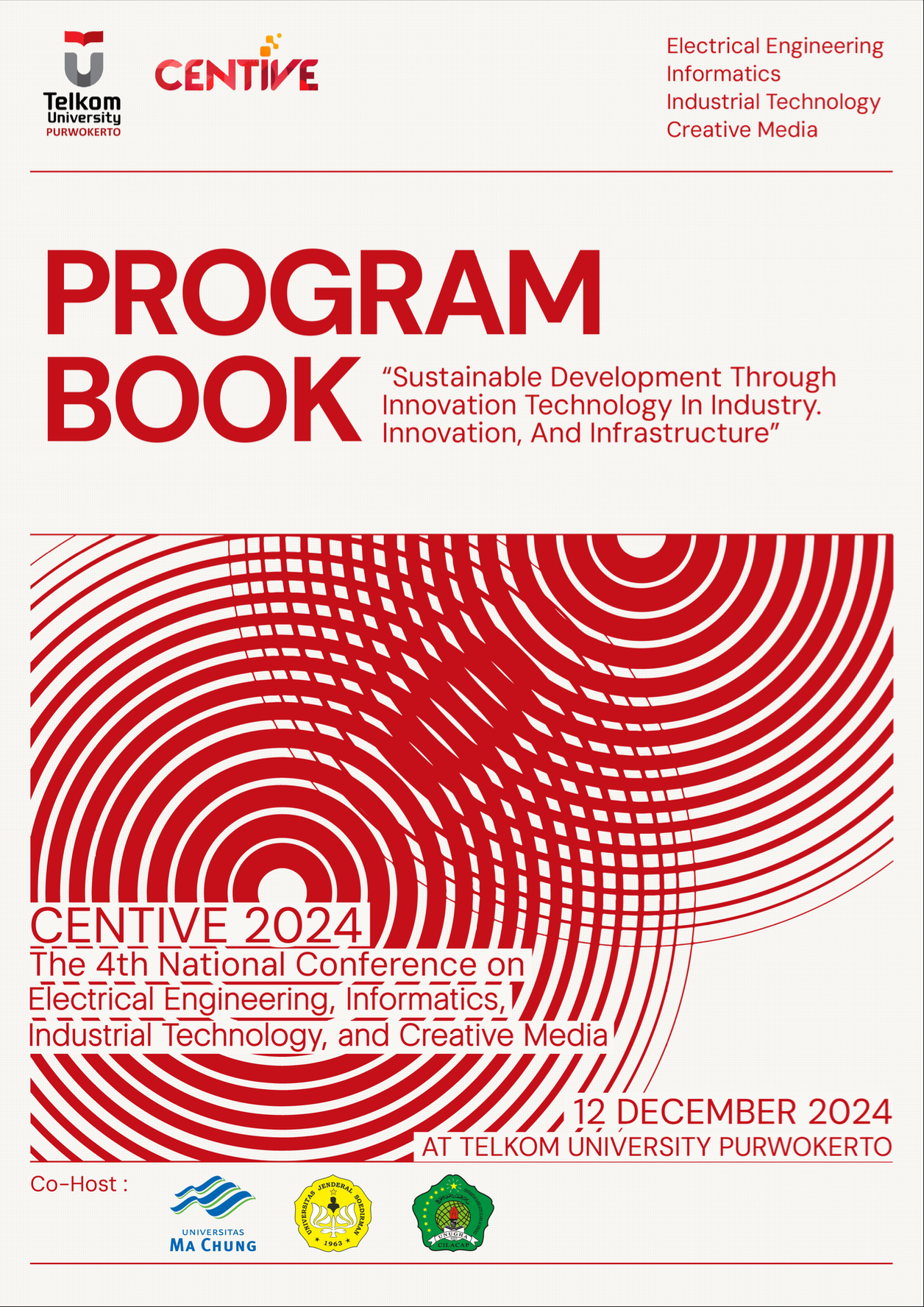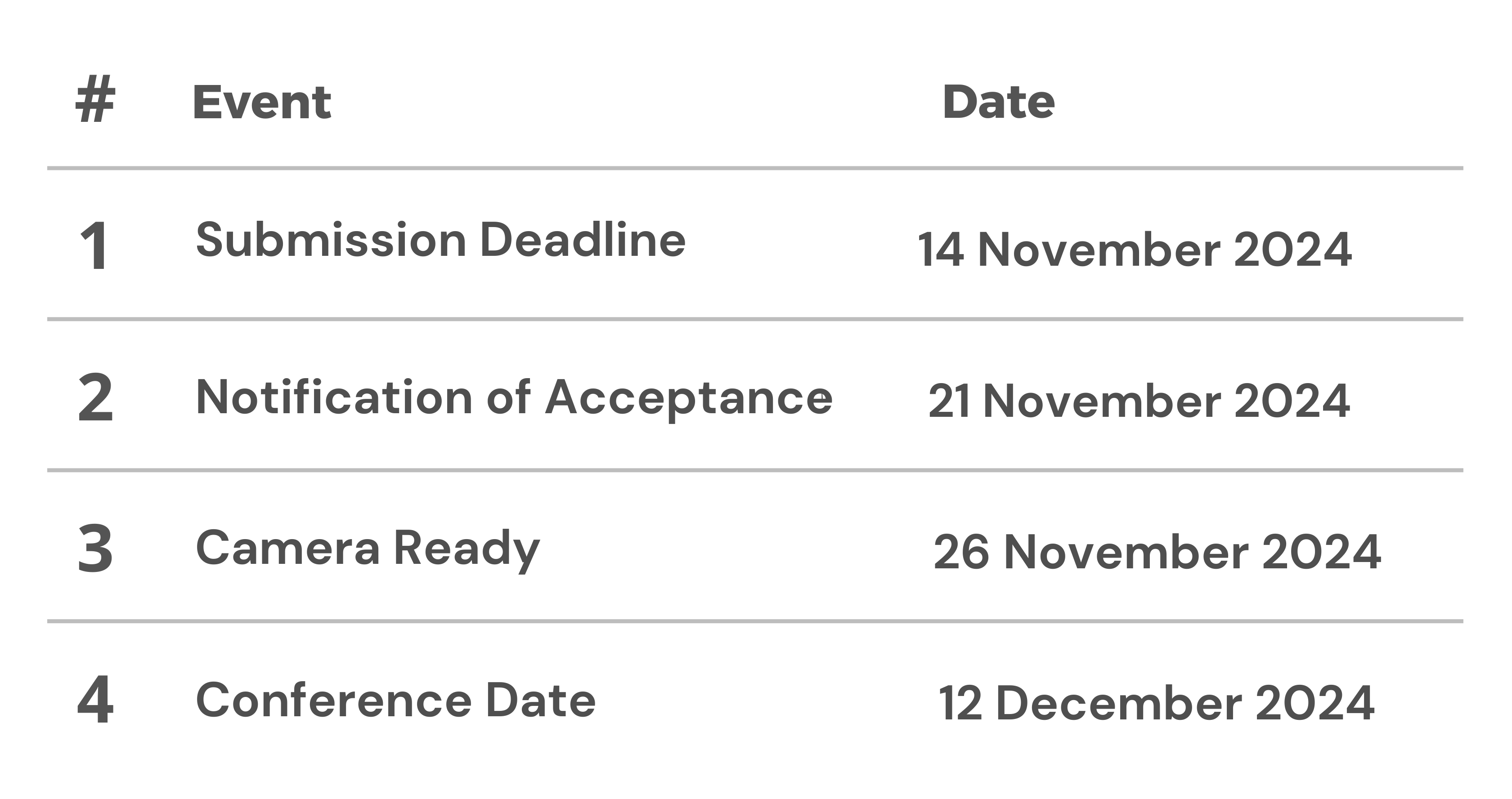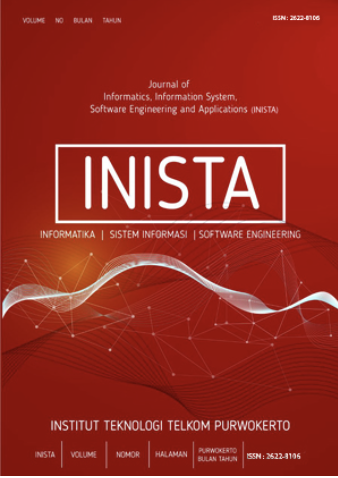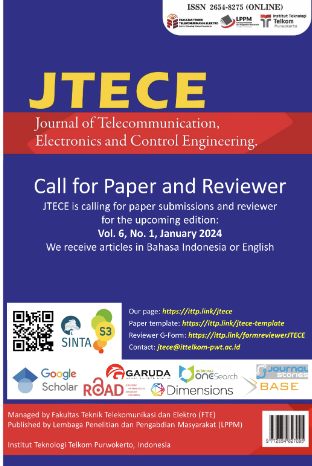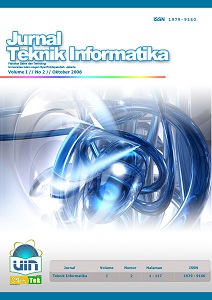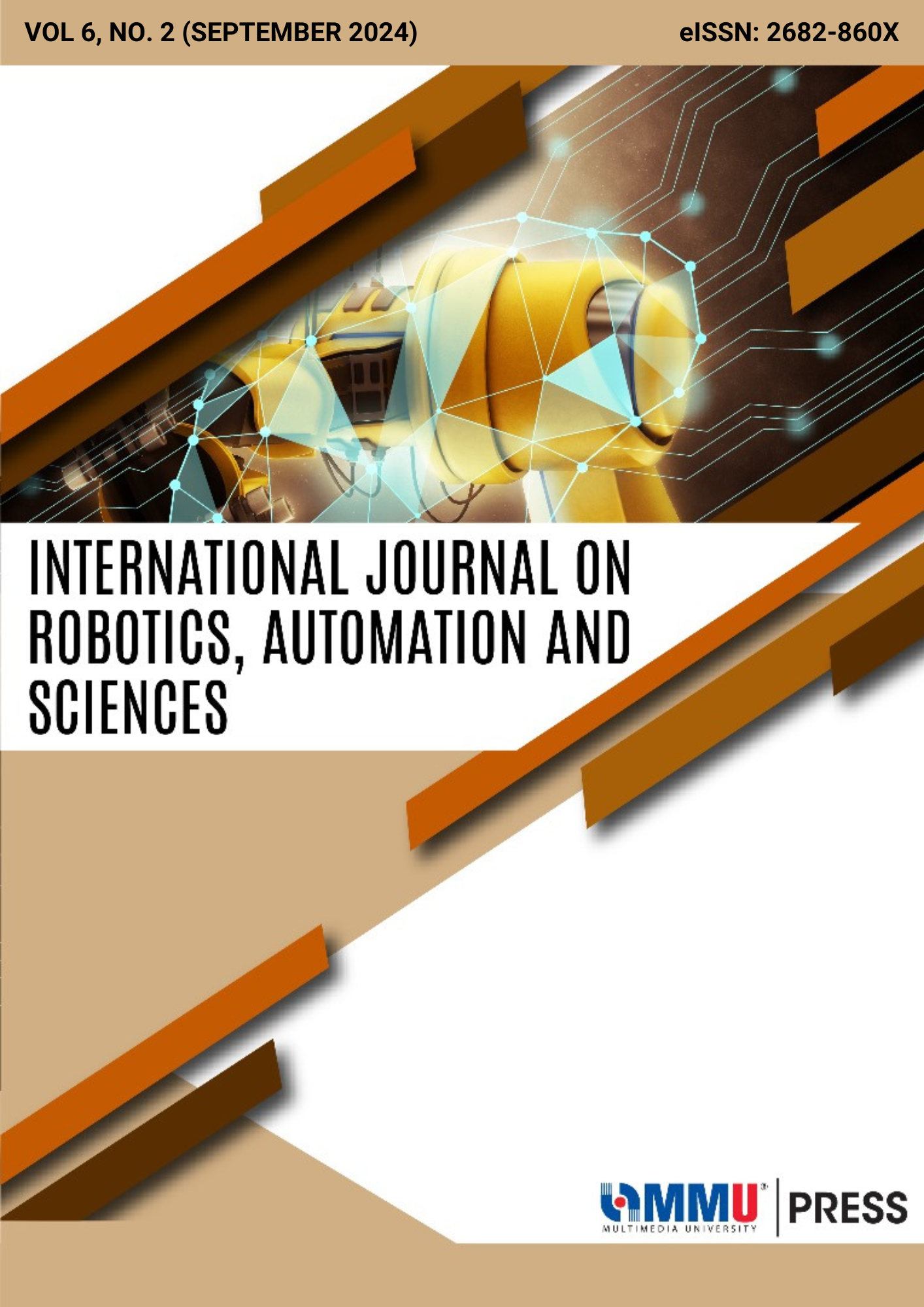Analysis of Factors Affecting User Acceptance of Train Mobile Ticketing Services Using the C-TPB-TAM
Abstract
PT Kereta Api Indonesia (Persero) is striving to enhance its services through technological advancements, particularly with its KAI Access mobile application. However, KAI Access has faced challenges, resulting in lower user adoption and various complaints. Users have reported issues such as the app frequently crashing, unresponsiveness, payment problems, and unclear error notifications. These problems are contrary to PT KAI's goal of providing a seamless ticket-purchasing experience. To address these challenges, PT KAI must improve the performance and user-friendliness of the KAI Access app, making it a superior choice compared to external alternatives. Research plays a crucial role in identifying factors that influence user acceptance of the application. This research employs the Combined Theory of Planned Behavior-Technology Acceptance Model (C-TPB-TAM) with a quantitative approach and utilizes SmartPLS for data analysis. The study reveals that seven hypotheses related to KAI Access usage have a positive and significant impact, including perceived usefulness (PU), perceived ease of use (PEOU), attitude (ATT), subjective norm (SN), perceived behavior control (PBC), and behavioral intention (BI). These findings offer valuable insights for further system development, helping PT KAI enhance its services and user experience.
Keywords: CTPB-TAM, KAI Access, Kereta Api Indonesia, Online Ticketing
References
Naomi Adisty, “Mengulik Perkembangan Penggunaan Smartphone di Indonesia,” Goodstats.Id, 2022. https://goodstats.id/article/mengulik-perkembangan-penggunaan-smartphone-di-indonesia-sT2LA (accessed Feb. 23, 2023).
I. T. M. Daeng, N. . Mewengkang, and E. R. Kalesaran, “Jurnal Kemudahan Smartphone,” Acta Diurna, vol. 6, no. 1, pp. 1–15, 2017.
M. M. Purba, “Pemesanan Tiket Kereta Api Online (E-Ticketing) Menggunakan Aplikasi KAI Access,” J. Sist. Inf. Univ. Suryadarma, 2021, doi: 10.35968/jsi.v6i2.324.
& Hermaniawati, N. and R. H.L, “Motif Pemanfaatan Layanan Elektronik Tiket ( E-Ticketing ) Oleh Pengguna Kereta Api Di Surabaya,” J. Paradig., vol. 3, no. 3, pp. 1–7, 2015, [Online]. Available: https://media.neliti.com/media/publications/251933-motif-pemanfaatan-layanan-elektronik-tik-676a1602.pdf.
Badan Pusat Statistik, “Jumlah Penumpang Kereta Api,” databoks, 2022. https://www.bps.go.id/indicator/17/72/1/jumlah-penumpang-kereta-api.html (accessed Feb. 23, 2023).
Anggi Tondi Martao, “Pengguna KAI Access Bertambah 6.600 Orang per Hari,” medcom.id, 2019. https://www.medcom.id/nasional/peristiwa/GNlYgOBb-pengguna-kai-access-bertambah-6-600-orang-per-hari (accessed Feb. 23, 2023).
A. V. R. Akbar, T. L. M. Suryanto, and E. M. Safitri, “Analisis User Experience Pengguna Aplikasi KAI Access Menggunakan Metode IPA (Studi Kasus: Masyarakat Surabaya),” Pros. Semin. Nas. Inform. Bela Negara, vol. 1, pp. 181–187, 2020, doi: 10.33005/santika.v1i0.61.
V. F. Thomas, “Traveloka Lebih Banyak Digunakan Milenial Ketimbang Tiket.com,” 9 July, 2019. https://tirto.id/traveloka-lebih-banyak-digunakan-milenial-ketimbang-tiketcom-edXE (accessed Feb. 25, 2023).
H. Prabowo, D. Suwanda, and W. Syafri, Inovasi Pelayanan Pada Organisasi Publik, 1st ed. Bandung: Remaja Rosdakarya, 2022.
Supriyati and M. Cholil, “Aplikasi Technology Acceptance Model pada Sistem Informasi Manajemen Rumah Sakit,” J. Bisnis Manaj., vol. 17, no. 1, pp. 81–102, 2017, doi: https://doi.org/10.20961/jbm.v17i1.12308.
D. Mochtar, “Faktor-faktor yang mempengaruhi minat penggunaan KAI Access untuk pembelian tiket online,” J. Akunt. Univ. Jember, vol. 15, no. 2, p. 85, 2019, doi: 1981042920060.
F. D. Davis, “Perceived usefulness, perceived ease of use, and user acceptance of information technology,” MIS Q. Manag. Inf. Syst., vol. 13, no. 3, pp. 319–339, 1989, doi: 10.2307/249008.
Y. W. Tumarta Arif and P. I. Listyorini, “Technology Acceptance Model (TAM) Dan Theory Of Planned Behavior (TPB) dalam keyakinan dan perilaku penggunaan sistem Informasi Manajemen Rumah Sakit,” J. Teknol. Inf. Dan Komun., vol. 11, no. 2, pp. 36–45, 2020, doi: 10.51903/jtikp.v11i2.215.
F. Karambut, “Model intensi merchant e-marketplace dalam pengajuan online kredit mikro,” Dr. Thesis, 2019, [Online]. Available: http://repository.ibs.ac.id/5332/%0Ahttp://repository.ibs.ac.id/5332/1/Disertasi %28 Dr. Fermico %29.pdf.
S. Taylor and P. Todd, “Understanding information technology usage,” Information Systems Research, vol. 6, no. 2. pp. 144–176, 1995, [Online]. Available: https://www.jstor.org/stable/23011007.
Y. H. Al-Mamary, M. Al-nashmi, Y. A. G. Hassan, and A. Shamsuddin, “A Critical Review of Models and Theories in Field of Individual Acceptance of Technology,” Int. J. Hybrid Inf. Technol., vol. 9, no. 6, pp. 143–158, 2016, doi: 10.14257/ijhit.2016.9.6.13.
E. Susanto and N. Jimad, “Pengaruh Persepsi Penggunaan Technology Acceptance Model (TAM) Terhadap Penggunaan E-filling,” J. Akunt. Perad., vol. 5, no. 1, pp. 104–125, 2019.
R. Baki, B. Birgoren, and A. Aktepe, “A meta analysis of factors affecting perceived usefulness and perceived ease of use in the adoption of E-Learning systems,” Turkish Online J. Distance Educ., vol. 19, no. 4, pp. 4–42, 2018, doi: 10.17718/tojde.471649.
I. Ajzen, “The theory of planned behavior,” Organ. Behav. Hum. Decis. Process., vol. 50, no. 2, pp. 179–211, 1991, doi: 10.1016/0749-5978(91)90020-T.
T. Durman and Musdholifah, “Integrasi Technology Acceptance Model Dan Theory of Planned Behavior Terhadap Intention To Use Mobile Payment (Studi Pada Pengguna Ovo Di Surabaya),” J. Ilmu Manaj., vol. 8, no. 2, pp. 621–633, 2020.
W. Budiaji, “The Measurement Scale and The Number of Responses in Likert Scale,” J. Ilmu Pertan. dan Perikan. Desember, vol. 2, no. 2, pp. 127–133, 2013, doi: 10.31227/osf.io/k7bgy.



